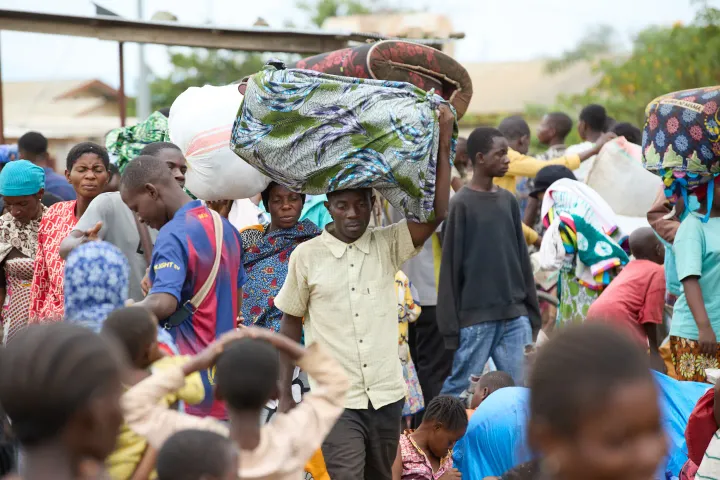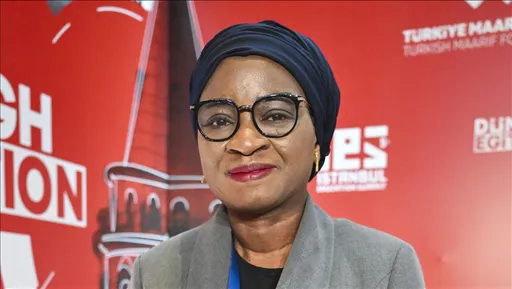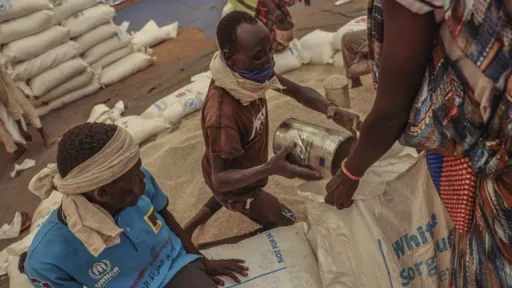By Kudra Maliro
In Buganda kingdom, the gomesi dress, a brightly-coloured, floor-length gown with squared neckline and puffed sleeves, is a symbol of honour and prestige.
It is fastened with a belt below the waist, above the hips, and has a pair of buttons on the left side of the neckline.
The origins of the gomesi date back to 1905 to a pair of Goan tailors who were commissioned to design a uniform for girls attending a missionary-run boarding school. In time it has easily rose to become the signature dress for Ugandan women, according to several sape aficionados.
"The Gomesi is a long, majestic dress for women, a symbol of respect and dignity. It is said to be elegant, and the colour simply describes the traditional garment of the Buganda kingdom, the Gomesi or bodingi", Vincent Kisiriko, a Ugandan journalist based in Kampala, Uganda, told TRT Afrika.
In central Uganda and many other parts of the country, no traditional ceremony is complete without the women being impeccably dressed in Gomesi.
It can be worn in a variety of ceremonies such as traditional weddings, celebrations and funerals.
"This dress can be decorated with pearls, jewels and even precious stones, depending on the ceremony," adds Mr Kisiriko.
Its conception
The story began in Gayaza High School (Kampala) in 1905 when Miss Alfreda Allen, the headmistress of the school at the time, asked a tailor, Mr Gomes, to design a uniform for her girls.
"Initially, the Gomesi was designed from the bark of a tree called 'Mulumba', but with the arrival of fabrics from India, China and Turkey, the design is becoming more modern every day," Hansai Mutasa, a professional decorator based in Kampala, Uganda, told TRT Afrika.
Most Gomesi are made from cotton, silk or linen, with silk being the most expensive fabric.
A kikooyi or kanga is tied under the linen Gomesi to prevent the fabric from sticking to the body. A well-made Gomesi can require up to six metres of fabric. It is sold in almost every textile shop in the country.
With fashion festivals such as Kampala's Fashion Awards, the Ugandan capital is hoping to attract the attention of the clothing market in the eastern part of Africa.
"The price of gomesi varies from $10 to thousands of dollars. During wedding ceremonies, all the women dress in gomesi," concludes Ms. Hansai.
In addition to the Gomesi, Uganda also has other traditional clothes from the western part of the country, such as the Esuuka, which is worn by the Banyoro and Batooro, and the Omushanana, which is attributed to the Banyankole and Bakiga, also from the western part of the country.
























